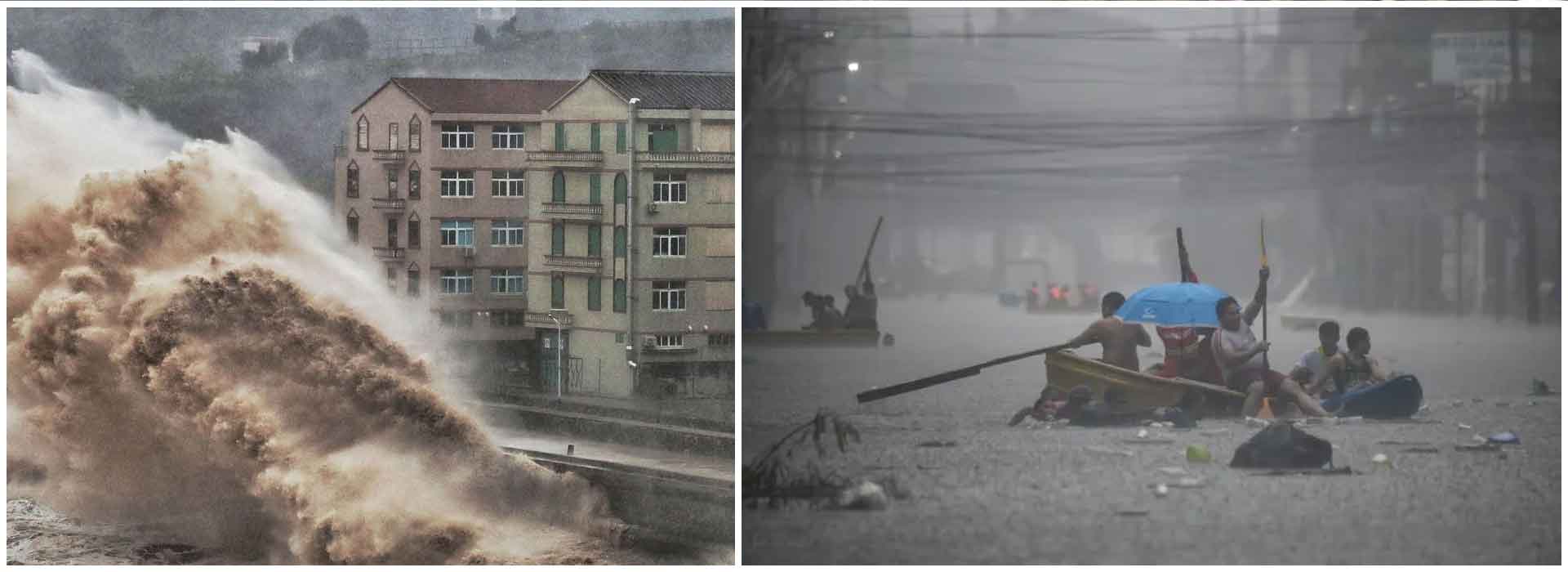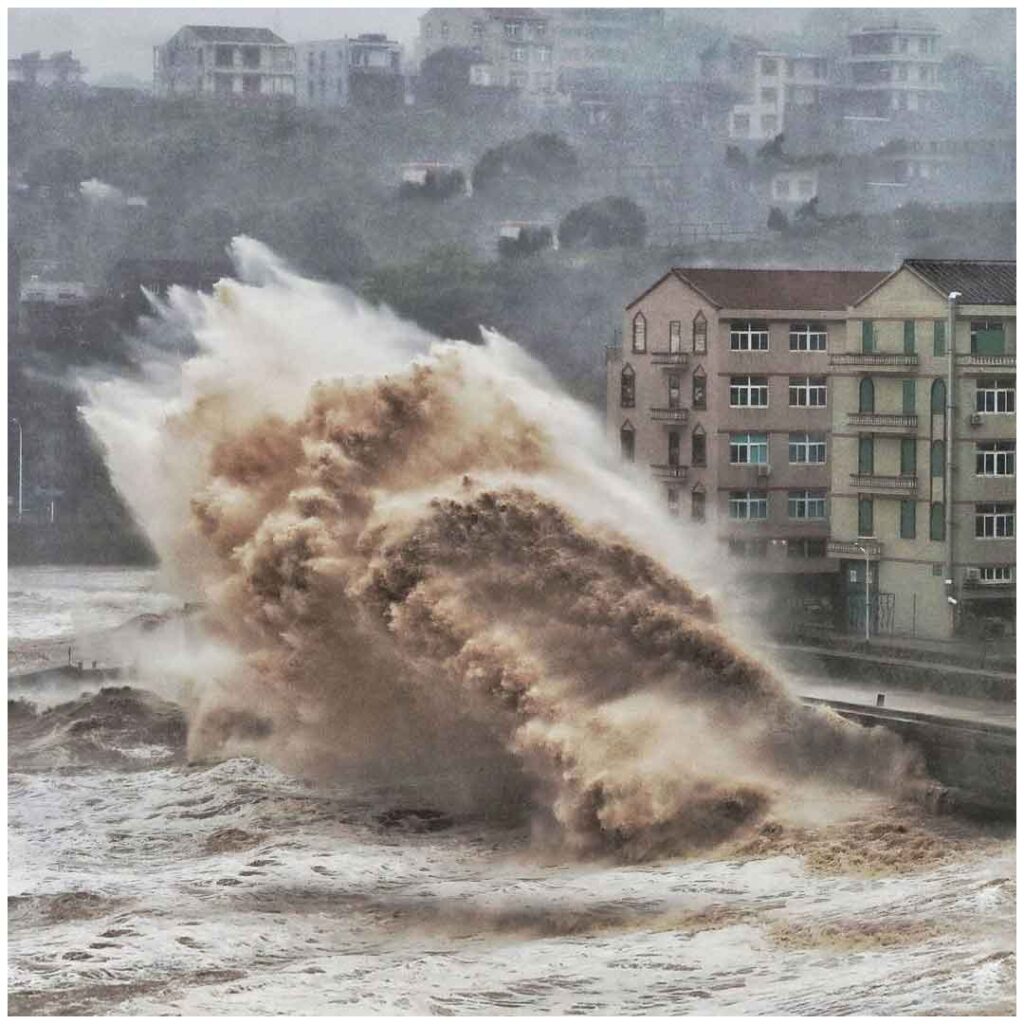China hit by Typhoon Gaemi after deadly impact in Taiwan and the Philippine

Typhoon Gaemi has recently made headlines as it battered the coastlines of China, following a deadly path through Taiwan and the Philippines. This severe weather event has left a trail of destruction, causing significant damage to infrastructure and impacting thousands of lives. In this article, we will explore the impact of Typhoon Gaemi on these regions, the immediate response from authorities, and what this means for future weather preparedness.
The Path of Destruction:
Typhoon Gaemi in the Philippines
The Philippines, known for its susceptibility to typhoons, was the first to feel the brunt of Typhoon Gaemi. The storm made landfall with ferocious winds and heavy rains, leading to widespread flooding and landslides. Many communities were left in disarray as homes were destroyed, power lines were downed, and roads became impassable.

One of the most affected areas was the island of Luzon, where the storm surge caused severe coastal flooding. Emergency services were stretched thin, responding to calls for help and rescuing those trapped by rising waters. Despite early warnings and evacuations, the storm claimed several lives and left many more injured.
Typhoon Gaemi in Taiwan
After wreaking havoc in the Philippines, Typhoon Gaemi continued its deadly march towards Taiwan. Taiwan's advanced weather forecasting systems had predicted the storm's trajectory, allowing the government to issue timely warnings and prepare for the worst. However, the storm's intensity still took many by surprise.
In Taiwan, the typhoon brought torrential rains and fierce winds that caused widespread power outages and significant property damage. The agricultural sector was particularly hard hit, with crops destroyed and livestock lost. Urban areas also faced severe flooding, disrupting daily life and business operations. Emergency responders worked tirelessly to clear debris and restore essential services, but the recovery process is expected to take weeks.
Typhoon Gaemi Hits China
By the time Typhoon Gaemi reached China, it had slightly weakened but still posed a formidable threat. The southeastern provinces of Fujian and Guangdong were among the hardest hit. These regions experienced heavy rainfall, strong winds, and storm surges that caused extensive flooding and damage to coastal areas.
Immediate Impact and Response
In China, authorities had mobilized resources in anticipation of the typhoon's arrival. Evacuations were ordered in vulnerable areas, and emergency shelters were set up to accommodate those displaced by the storm. Despite these efforts, the sheer force of Typhoon Gaemi led to casualties and significant damage to infrastructure.
In Fujian, entire neighborhoods were submerged, and rescue teams worked around the clock to assist stranded residents. The agricultural sector once again bore the brunt of the storm, with fields inundated and crops destroyed. Guangdong, a major economic hub, also faced severe disruptions, with businesses and factories forced to shut down temporarily.
https://twitter.com/HolaFujian/status/1816729879658004645
Long-term Effects and Recovery
The long-term effects of Typhoon Gaemi are still being assessed, but it is clear that recovery will be a lengthy and challenging process. In addition to rebuilding homes and infrastructure, there will be a need for substantial financial aid to support affected communities and restore livelihoods.
One of the key lessons from Typhoon Gaemi is the importance of preparedness and resilience. While early warnings and evacuations saved many lives, the widespread damage highlights the need for improved infrastructure and disaster management systems. This is especially crucial as climate change is expected to increase the frequency and severity of such extreme weather events.
Preparing for Future Typhoons
Typhoon Gaemi serves as a stark reminder of the destructive power of nature and the importance of preparedness. Governments and communities in typhoon-prone regions must prioritize investments in resilient infrastructure, effective early warning systems, and comprehensive disaster response plans.
Building Resilient Infrastructure
One of the key steps in preparing for future typhoons is to build resilient infrastructure that can withstand extreme weather conditions. This includes reinforcing buildings, bridges, and roads, as well as improving drainage systems to prevent flooding.
Enhancing Early Warning Systems
Advanced early warning systems are crucial in providing timely information to residents and authorities. This enables communities to evacuate and take necessary precautions before a storm hits, potentially saving countless lives.
Community Awareness and Preparedness
Educating communities about the risks associated with typhoons and the steps they can take to protect themselves is essential. Regular drills and public awareness campaigns can help ensure that people are prepared and know what to do in the event of a typhoon.
Conclusion
Typhoon Gaemi's devastating impact on the Philippines, Taiwan, and China underscores the importance of preparedness, resilience, and swift response in the face of natural disasters. As climate change continues to influence weather patterns, it is crucial for governments, organizations, and communities to work together to mitigate the effects of such catastrophic events.
Click to read the full article





